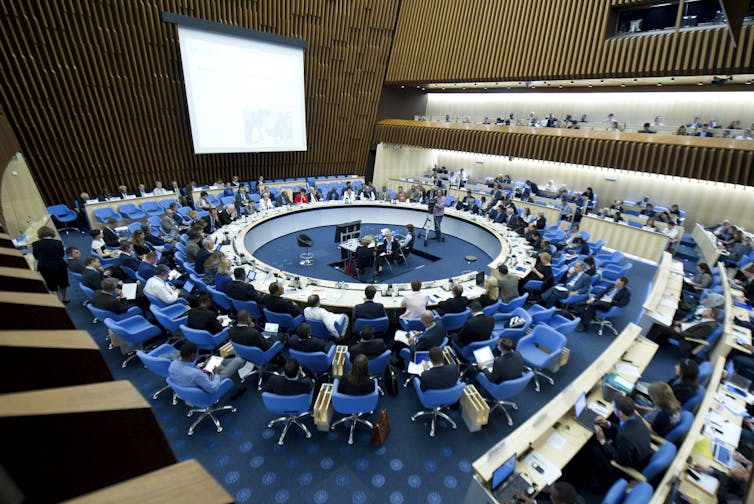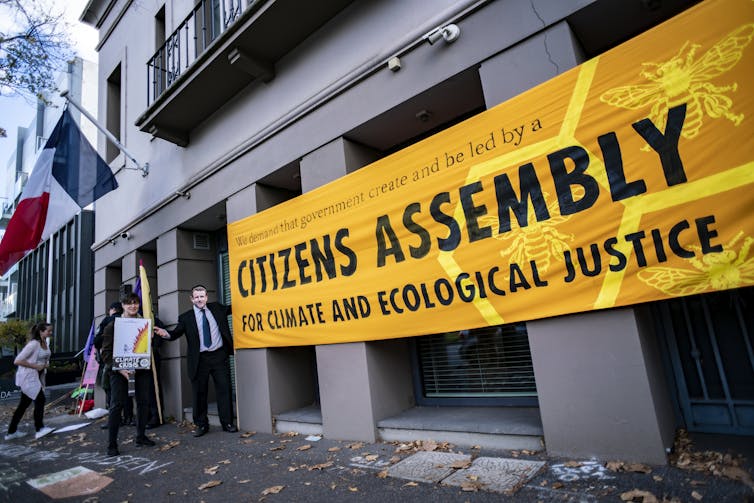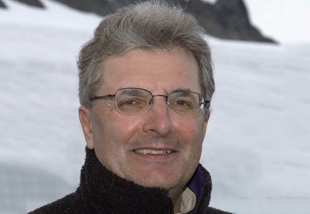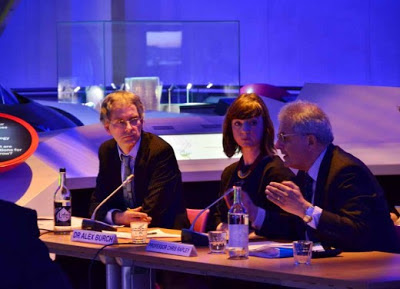 |
| Adele Hulin |
In conversation with Adele Hulin, Communications and Engagement Officer at the Cabot Institute for the Environment
What is your role at Cabot?
I’m a Communications and Engagement Officer, so I create communications campaigns and organise events and public engagement to share the amazing and important research that takes place across the Cabot Institute and to draw attention to the importance of interdisciplinary research in addressing global environmental challenges.
My role involves connecting and collaborating with people in the University, the city, and wider networks to increase Cabot’s impact and raise the profile of the Institute and it’s members (Caboteers!). I create content and find new ways to promote Cabot’s Institutes profile, interdisciplinary research, achievements, partnerships, and educational opportunities, and this year I am delighted to have worked with over ten artists to make the Institute’s work more accessible to a wide audience.
It’s great to job share this role with Amanda Woodman-Hardy.
How long have you been part of Cabot?
I have worked here since December 2017 – a brilliant and varied four years including a year’s maternity leave.
What is your background?
For as long as I can remember I have been interested in learning about and protecting our environment, which led me to study Physical Geography with Ecology at University followed by a Masters in Environmental Protection and Management.
After graduating I worked in environmental research and consultancy for over six years, specialising in diffuse pollution from agriculture. It was a varied role from fieldwork to managing international research networks. The latter involved communications, organising international events and developing new collaborations, sharing best practice and pooling resources; all across disciplines and across the globe. I really enjoyed it and so was excited when the role at Cabot institute came up!
Why did you want to join the team?
It is a unique research institute doing important work to address environmental challenges and find solutions. Bringing people together across disciplines is essential to this and Cabot does it so well. I wanted to work in a role that shares knowledge, works with inspiring people, organizes events to engage with new audiences, and I enjoy the opportunity to chat with the public on topics such as climate change.
I attended the prestigious Cabot Institute annual lecture a few months before I joined the team and was inspired and impressed, and really got a sense that the Cabot was an important part of the University and Bristol.
What do you think is the biggest environmental challenge facing us today?
The climate crisis is the overbearing challenge we face as a species and affects and exacerbates almost every other environmental challenge on Earth.
Unpicking this umbrella term, the key priority area that I think needs addressing is climate justice. The inequity of the climate crisis is mind-boggling. We have a huge responsibility to leave a healthy livable planet for young people and future generations and to do everything we can to both reduce the impacts on countries and people experiencing the effects already as well as pay for adaptation.
Those who have contributed to this crisis need to give respect to those that have barely contributed to this crisis but are paying the biggest price. Governments, businesses and individuals all have a part to play and I believe that together we can make the big changes required.
What is your favorite part of your job?
That’s a tough one! I guess the main seam that runs through all my work at Cabot that I love is collaboration. Bringing together inspiring, talented, passionate individuals and groups from numerous spheres, from academia to the arts, the public to policymakers, students to city partners, is exciting as it often leads to new ideas, novel types of engagement, fantastic events, thought-provoking artworks, cutting edge research, and much more. I believe that collaboration is key in all walks of life so I’m very happy to have it at the heart of my role at Cabot.
I really enjoy hearing about all the fascinating and important research across the Institute and sharing this with different audiences by creating new and interesting content – Cabot Conversations video and podcast series and our Billboard campaign were highlights this year!
I feel lucky to have the opportunity to spend my time working on projects that communicate about, raise awareness and strive to protect people and the planet, which is needed more than ever now. And to work with the amazing Cabot team!
What are you most looking forward to over the next 10 years of Cabot?
I am looking forward to building on and creating new collaborations with artists, communities, campaigners and city partners to push the boundaries of engagement and find accessible, inclusive, and interesting ways for people to engage with research across Cabot which ‘protects our environment and finds better ways of living better with or changing planet’.























